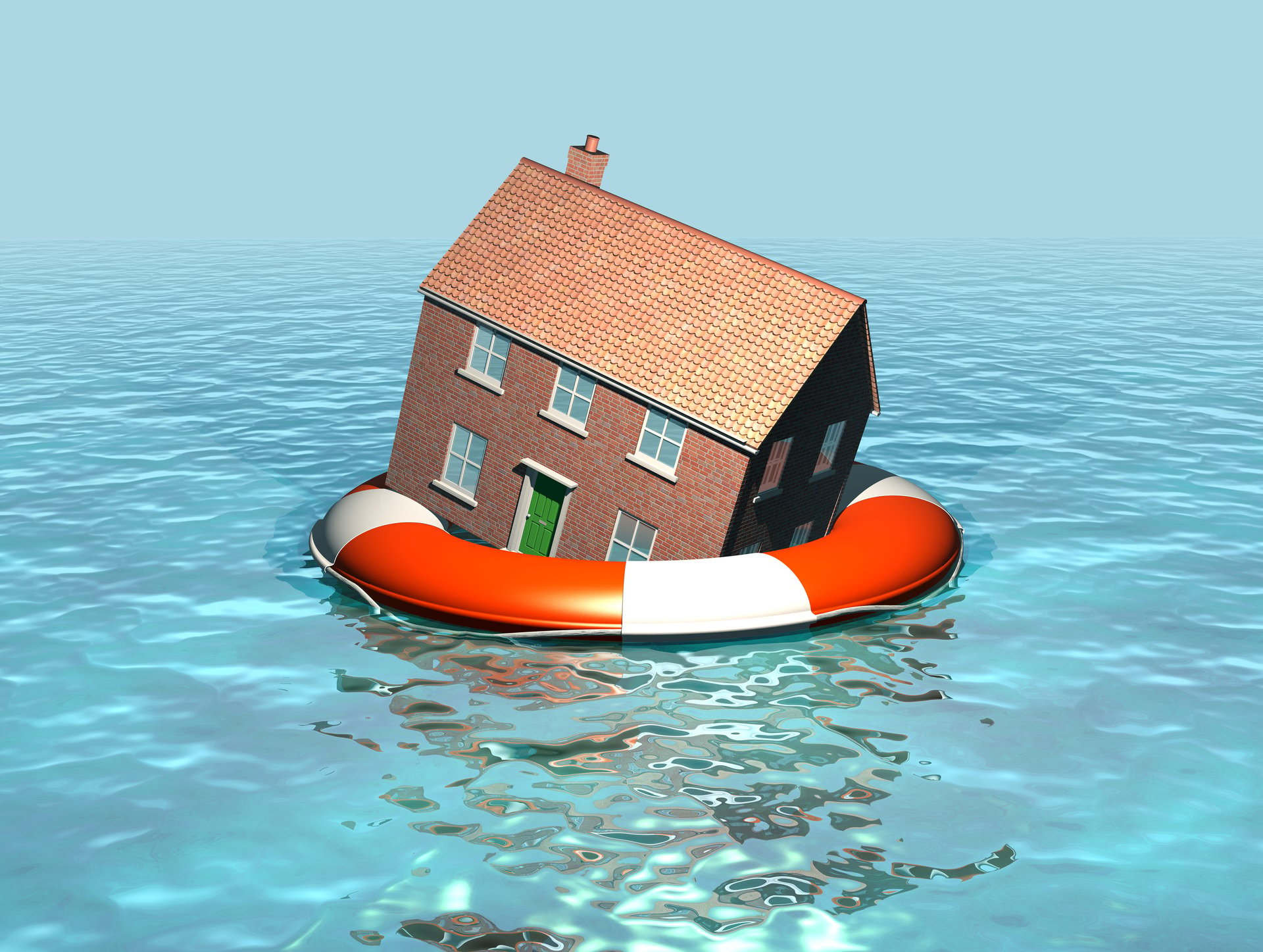
The cost of flood insurance for homeowners in some flood-prone areas might soon increase, according to a Bloomberg report.
The news agency says the Trump administration plans to roll out a proposal in coming weeks that would redefine how risk is calculated under the National Flood Insurance Program.
Up to now, the Federal Emergency Management Agency — more commonly known as FEMA — has since the 1960s set flood insurance costs for individual homes by looking at whether the home was within the 100-year flood plain.
Essentially, the 100-year flood plain refers an area where a 100-year storm has a 1 percent chance of occurring in any given year, a standard that was thought to be a fair balance between protecting the public and overly stringent regulation.
Bloomberg reports that the proposed change would instead use data from the private sector to calculate the real flood threat to each home. That might result in a sticker shock for countless homeowners the next time they renew their flood insurance policies.
Bloomberg obtained a FEMA document that outlines some of the proposed changes. According to Bloomberg:
“The document offers the example of two homes in a 100-year flood plain. The first home, at the edge of that zone, faces low risk of flooding from inland flooding or storm surge; the second faces higher risk from both. Under the current system, each home pays the same premium; with the changes, the first home’s premiums would fall by 57 percent, while premiums for the second home would more than double.”
Why the flood insurance program is in trouble
The National Flood Insurance Program (NFIP) — a federally backed effort created by Congress in 1968 — underwrites the vast majority of flood insurance policies in the United States. Standard homeowners and renters policies generally don’t include flood insurance.
Critics have charged the flood insurance program costs the federal government too much money. In 2017, the federal government paid out more than $8.7 billion in claims related to flood insurance losses, according to FEMA. The most expensive year for such payouts so far was 2005, when the government paid out $17.7 billion.
In 2014, NPR characterized the flood insurance program as “drowning in debt,” noting that because the government subsidizes NFIP, many homeowners get a “hefty discount” compared with what they would pay if the true risk to their home was factored into flood insurance premiums. According to NPR:
“You can buy a FEMA flood insurance policy for about half the “actuarial” rate private insurers would offer. (The actuarial rate more accurately reflects the value of a property at risk.)”
However, proponents of NFIP say the program as it has been operated is a vital and necessary means of protecting homeowners who are most vulnerable to flood damage, and who could not afford to insure their homes at private-sector rates that fully reflect the true cost of insuring homes in flood-prone neighborhoods.
In 2012, Congress passed an effort to charge premiums that reflected the full risk of flooding to homes. But legislators eventually reversed their decision amid public outcry over the proposed changes.
Think you don’t need flood insurance? Think again. As we have noted:
“More than 20 percent of claims for flood damage compensation come from properties outside high-risk flood areas.”
Find out more in “Wildfires, Hurricanes, Earthquakes and Floods: Are You Covered?”
Does the proposed change to how flood insurance risk is calculated worry you? Sound off in comments below or on our Facebook page.





Add a Comment
Our Policy: We welcome relevant and respectful comments in order to foster healthy and informative discussions. All other comments may be removed. Comments with links are automatically held for moderation.